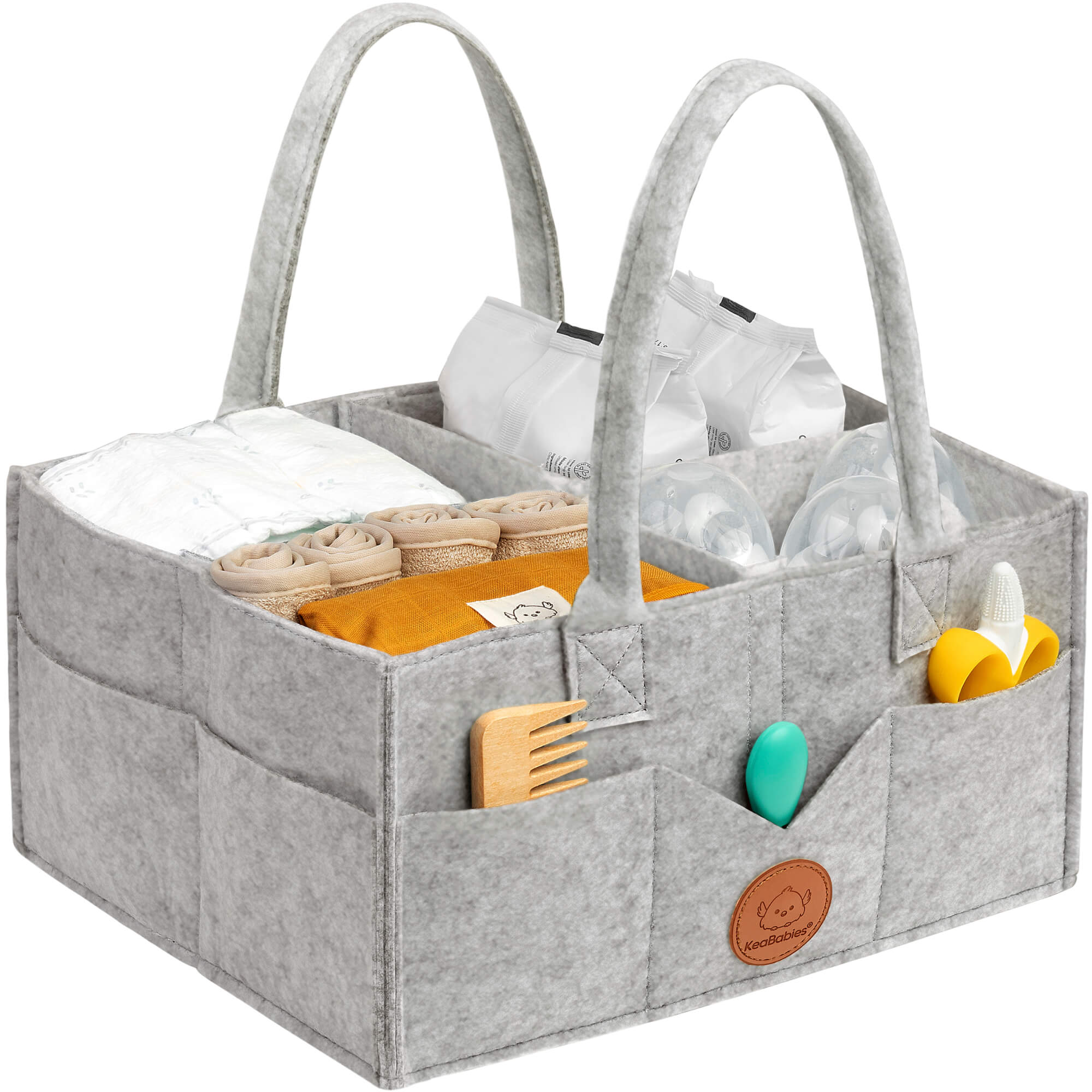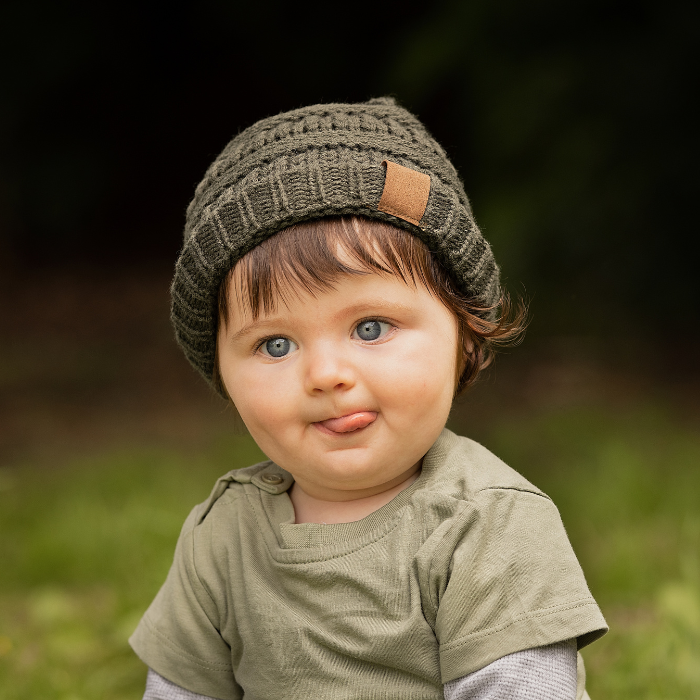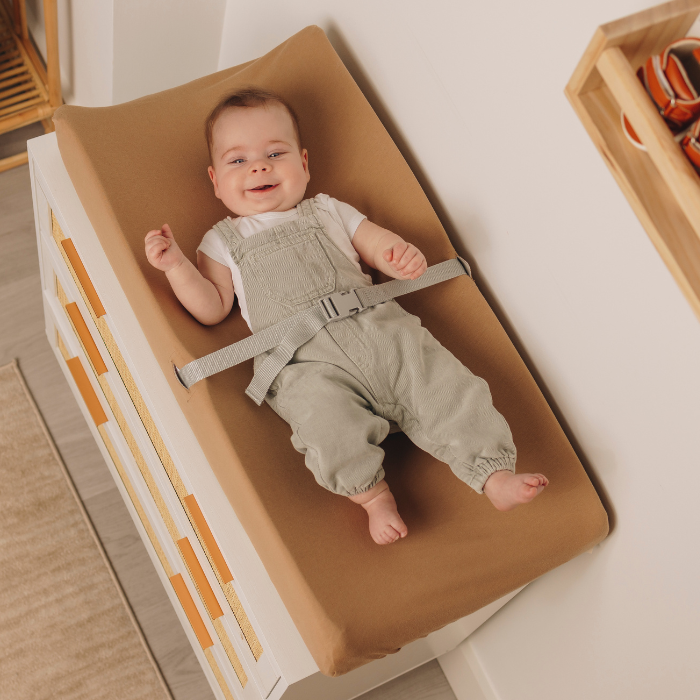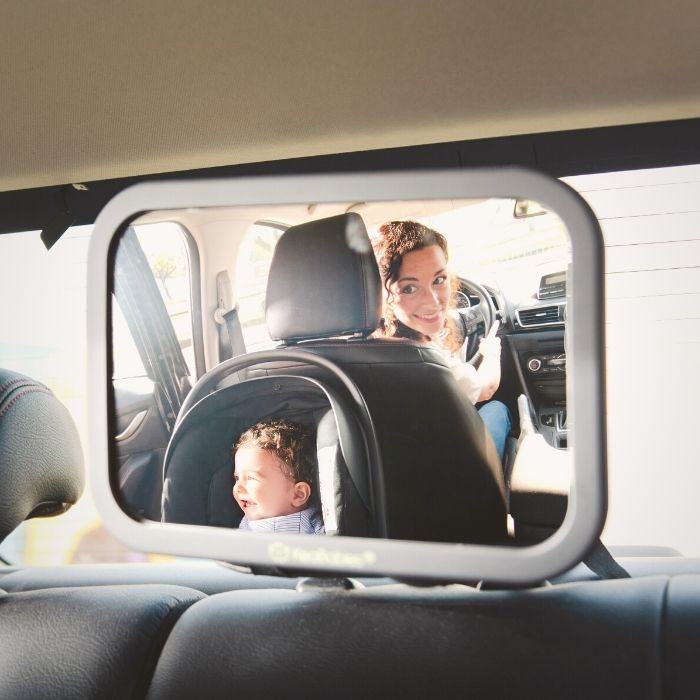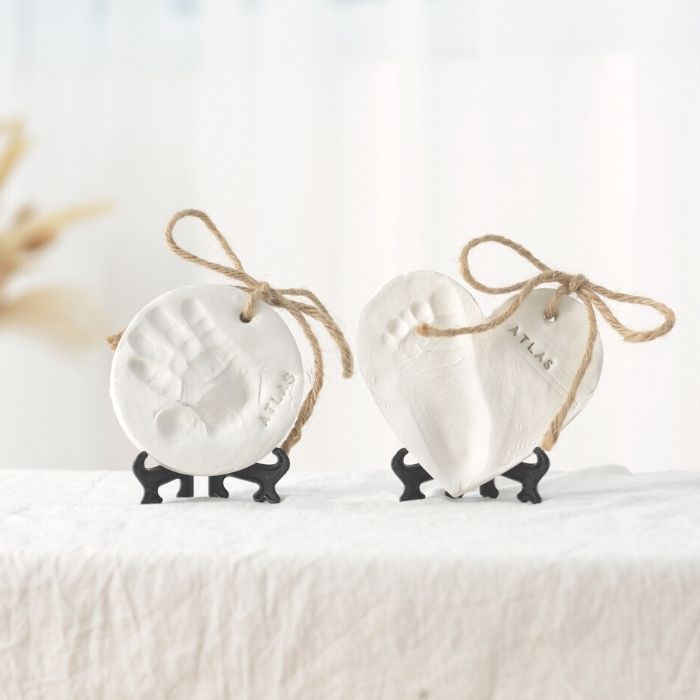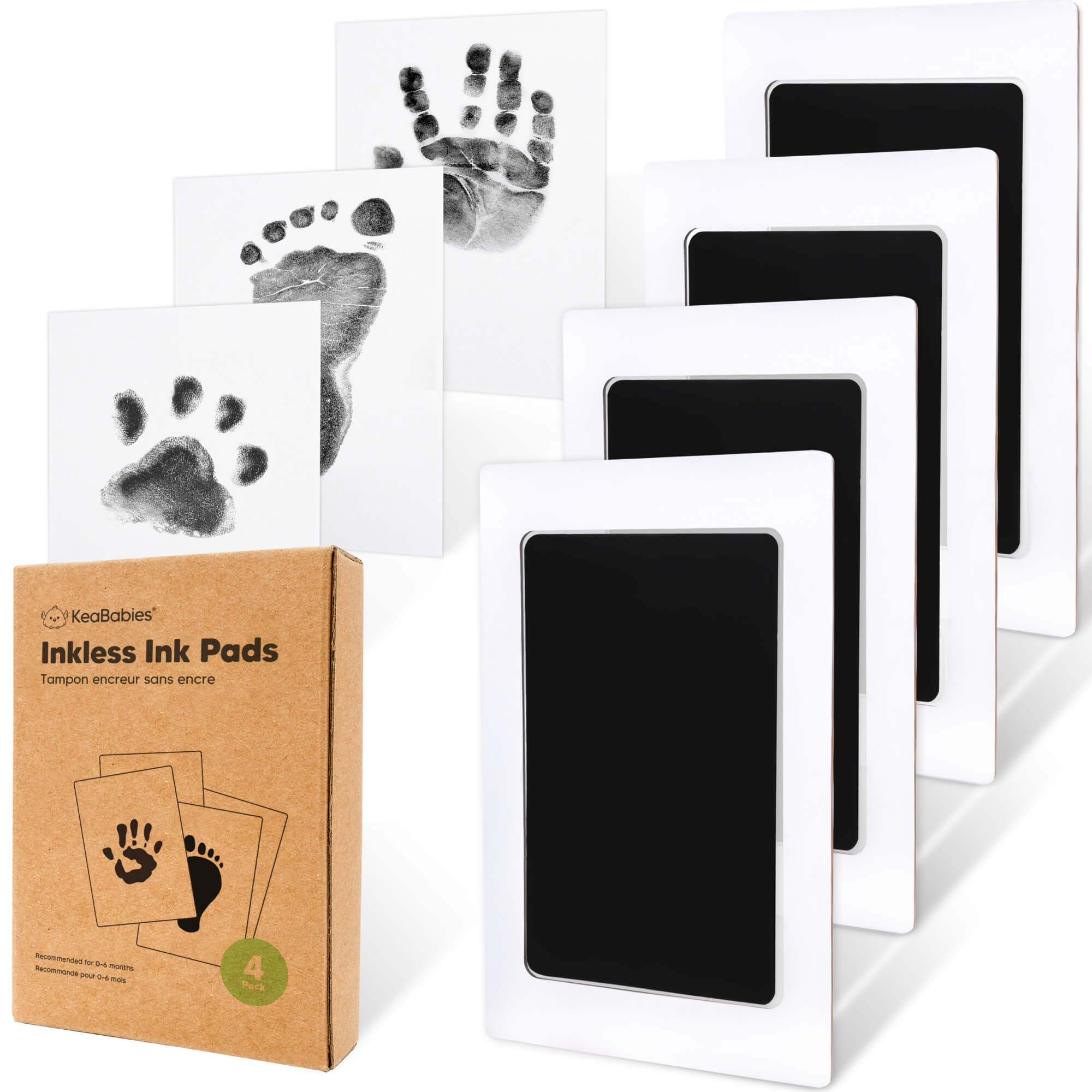
Teaching Kids About Thanksgiving
Teaching kids about the meaning behind Thanksgiving can be helpful in fostering a spirit of gratitude in your family. Here's how you can use this fall holiday to talk about the big life lesson of thankfulness.
Teaching kids about the Thanksgiving story can be about so much more than boats, Pilgrims, Native Americans, and sharing food. Parents can shift the focus from the history of Thanksgiving to celebrating the importance of friendship and generosity, and how giving back as a family can be a wonderful way to foster a spirit of gratitude.
The real Thanksgiving story should be told in a way that celebrates all cultures and spiritual practices.
Elementary school aged children will learn about this November holiday in school, although parents can come alongside educators and continue meaningful discussions at home. Above all, talk with your kid about celebrating different cultures and perspectives, and encourage your children to give back to others.
The Thanksgiving story: the basics.
Here's what your kids will most likely hear in elementary schools: In September of 1620, a group of Pilgrims boarded the Mayflower ship to voyage to a new nation. They settled in New England in November of 1620, and immediately faced a harsh winter and much disease.
Determined to start a new life in this new nation, the Pilgrims settled in Plymouth, an area inhabited by native tribes. These indigenous tribes of Wampanoag people had their own culture, with their own complex languages and customs.
Some of the Native Americans that had lived in the area for centuries helped the Pilgrims learn to survive in the new world. They taught them how to cultivate the land and choose crops wisely. Squanto, a member of the Pawtuxet tribe, acted as a teacher and was one of the first visitors to the Plymouth colony.
Some lessons can be learned from this historical period. Without the help of the Native Americans, especially the Wampanoag people, these early settlers probably wouldn't have survived their first years in the new nation. Through generosity and friendship, the two cultures coexisted and thrived. By learning what crops to plant in each time of year, the Pilgrims were able to cultivate the land and have a successful harvest. The celebration of this harvest is what is considered the first Thanksgiving.
In November of 1621, the Pilgrims and the Pokanokets came together to celebrate the harvest, a three-day event organized by Governor William Bradford. The Pilgrim's Native American allies, including the Wampanoag chief, combined resources to celebrate the harvest and express thankfulness for the land's gifts. Harvest celebrations were already common in Native American culture, but this 1621 celebration is what is considered the "first Thanksgiving."
The not-so-great parts of the Thanksgiving story.
Of course, not all of the historical facts surrounding the early years of colonization should be celebrated. The way we celebrate the traditional Thanksgiving feast, with turkey and lots of food, is not the most accurate portrayal of the nation's first Thanksgiving celebrations.
The whitewashing of how the Pilgrims treated the native people in America is evident in the way the holiday is taught in schools and can make it tricky for teachers to highlight the life lessons from the way the early settlers treated the Native American people. The Pilgrims' arrival in the new world resulted in a series of events that caused the death of thousands of indigenous people, and contrasts harshly with the cries of "friendship" and community feasts that characterize modern day Thanksgiving celebrations.
Parents should take care to teach children the real story of Thanksgiving, beyond what they learn in elementary school, focusing on cultural appreciation and inclusivity. The atrocities of the early settlers and their relationship with the native people should serve as a lesson that we all have so much more to learn in how to be more accepting and more appreciative of one another.
Other ideas for discussing the history of Thanksgiving:
Parents, teachers, and educators can focus on stories that celebrate other cultures and perspectives. Caregivers can teach kids about seeing things from another person's perspective, talk about the ways other people celebrate traditional holidays, and encourage them to think of ways that they could help teach their friends a lesson or help someone in need.
Young children can learn to have a spirit of gratitude and thankfulness from their family.
Although the first Thanksgiving might have been very different than how we celebrate today, kids can still learn a lesson from the history of the November holiday. A spirit of gratitude and a heart of generosity is learned at home, and parents should take care to foster these traits as a family.
The holidays are a great time to begin teaching kids a life lesson about gratitude, but it can be difficult with young children who are naturally self-focused. As kids grow and mature, they can learn to practice a spirit of gratitude.
Ways to practice gratitude in your family:
1. Tell your kids about why you are thankful for them.Use specific language to talk to your kids about why you love and appreciate them. Talk about specific things they did throughout the day, things they do that make you smile, or nice things they do for their friends or siblings. Children need to hear that they are loved often, and parents can use the expression of love as a lesson in what makes people thankful for one another.
2. Tell your kids about what you are thankful for.Talk about the things you are grateful for. Kids learn through example, and modeling a spirit of gratitude can help children better appreciate everything in their lives, big and small. A child might not realize that the joy they experience by getting their favorite ice cream for dessert means that they can be thankful for the opportunity and the ability to enjoy the special food. Kids might not understand that the love they experience for an aunt, a teacher, or a friend means that they are thankful for them.
The Thanksgiving holiday is a great time to model the types of things you can be thankful for, either through family discussions, before-meal prayers, or creating a family gratitude journal.
3. Teach your kids to be thankful when they receive things.
Gratitude means being a good receiver of gifts as well. Teach children manners, such as saying "thank you" whenever they receive a gift or something helpful. Thankfulness can also apply to non-physical things, such as thanking their baseball coach for staying late at practice to help them one-on-one, or thanking their teach for giving them an extension on a homework assignment. Help kids learn not to take things for granted.
Parents can teach kids to give to others.
A great way to shift the focus of the Thanksgiving story from the missteps of the nation's colonial past is to teach them about gift-giving. A child can give a teacher, a friend, or another family member a small present and observe what impact that has on them. Kids can learn the joy of giving, and how generosity is just as fun and exciting as receiving gifts.
When a child says that they want new toys or new clothes, encourage them to give away some of their possessions that they don't need or don't use first. Donating toys, games, and clothes can be a great way to show children that their unused items could greatly benefit another person.
Thanksgiving is a wonderful time of year for families to teach their children to have a spirit of thankfulness.
By following these tips on how to practice thankfulness in your family, your kids can learn to value generosity and gratefulness as they experience the world. The holiday season is a wonderful time to enrich children's experiences as you come up with unique ideas on how to give to others and be grateful for life's blessings.
|
|
Meet Our KeaMommy Contributor: Kaitlyn Torrez I’m Kaitlyn Torrez, from the San Francisco Bay Area. I live with my husband and two children, Roman and Logan. I’m a former preschool teacher, currently enjoying being a stay at home mom. I love all things writing, coffee, and chocolate. In my free time, I enjoy reading, blogging, and working out. |



